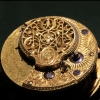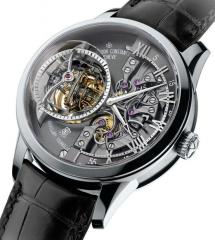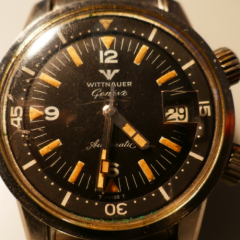~Tomorrow
-
Recently Browsing
- No registered users viewing this page.
-
Topics
-
Posts
-
Regarding the spring winders, I made my own and used copper pipe reducers as the tubes to retain the spring. You will need to cut out a section for the end of the spring to protrude but if you watch one of the many videos on this subject that will make sense. You can find a selection of sizes on Ebay for very little cost. I'll attach a pic showing one of mine. Good luck!
-
There were things bothering me about this discussion that took me a while to figure out the problem. In the image below it appears to be the spring may be pushing up? Normally when Omega has a spring pushing up the pinion has a pivot with a bridge to hold it in place so in other words the spring can push on something that stationary as opposed to this which appears to be floating? To understand the problem with the above image we need another image of side view which I have below. In my image down below on the left-hand side it agrees with the image up above. But the only problem is the left-hand side is defective and the right-hand side image is the way it's supposed to look. Then Omega if you can access the right documents does explain how and why this problem occurs. With the pinion floating around it might be assumed that you support it when putting on all the hands but you do not because as noted below if you do this small bush on the pinion will relocate out of position exactly what we see in the image up above. Then Omega does not mention this but there is a possibility of also damaging the pinion and causing the bush to move to where it's not supposed to be when removing the hands.
-
By LittleWatchShop · Posted
Maybe show us 1) the watch, 2) timegrapher readings in DU, DD, PU, and PD. -
The timegrapher displays significant beat error variations in the dial-up position. When the watch is lying flat (face up), the beat error is much higher than in other positions. Beat error readings are inconsistent, with especially large gaps in the face-up position. Please help !
-
Looks like an open-access journal that runs as a glorified pre-print server with no true peer review, so it’s not easy to judge the veracity of the conclusions.
-







Recommended Posts
Join the conversation
You can post now and register later. If you have an account, sign in now to post with your account.
Note: Your post will require moderator approval before it will be visible.